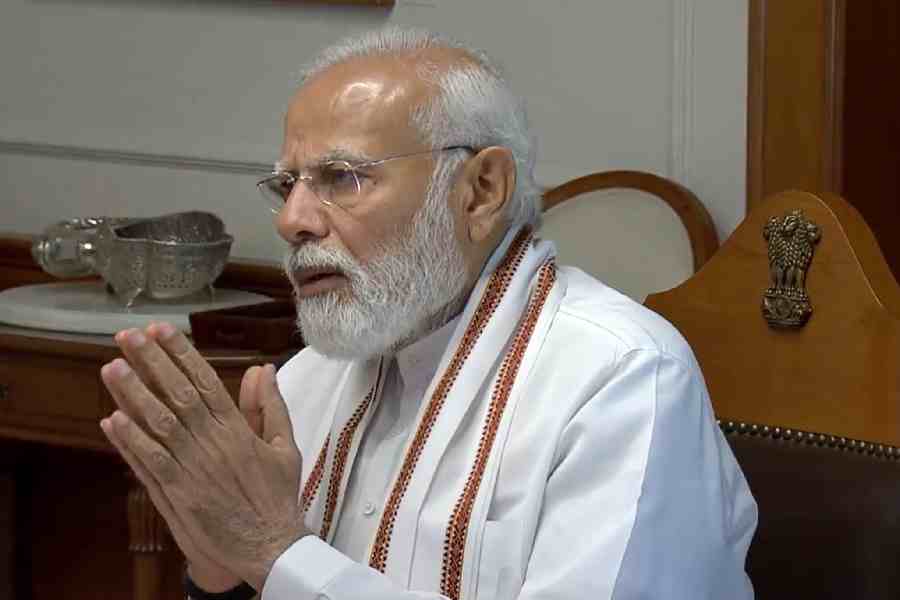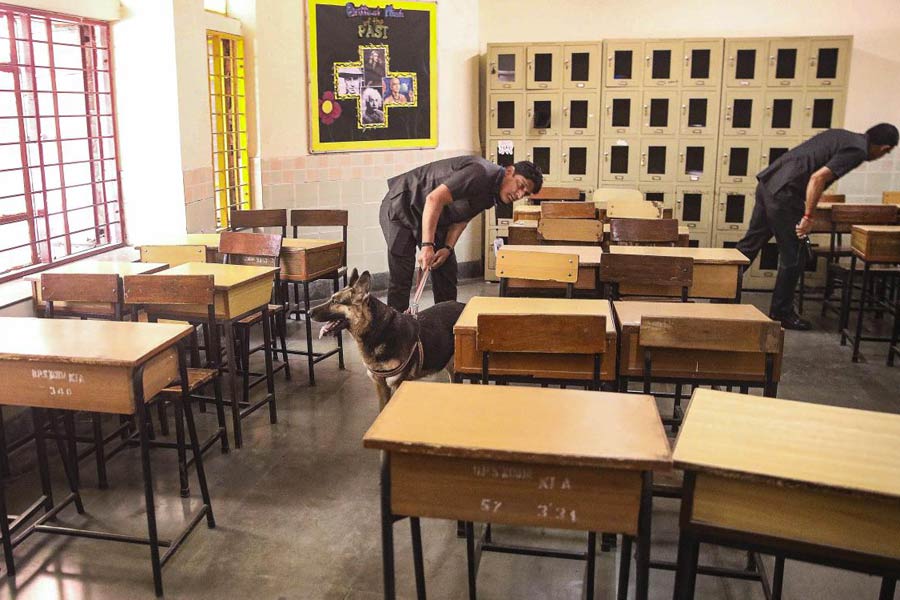Last week, the Narendra Modi-led government went hammer and tongs with the announcement of minimum support prices for the ongoing kharif season, raising them by an average of 7% for 14 crops — the overall range being 5-10%. With a year to go for the general elections, the fanfare with which the new MSP structure was unveiled was understandable and in line with the Modi regime’s high-decibel publicity exercise. In reality, the increases in MSPs are negligible if we relate them to inflation and spiralling production costs, consisting primarily of labour wages and fuel prices.
On the ground, things are gloomy.
One example should be enough to deflate the Centre’s balloon. A comprehensive survey of the peasantry’s socio-economic situation was conducted in drought-prone central Maharashtra’s Marathwada region by the Aurangabad divisional commissioner, Sunil Kendrekar. So rattled was he by the outcome that he suggested that the state government pay Rs 10,000 for an acre to a farmer ahead of sowing operations to avert suicides and ease their rising indebtedness. The survey of five lakh farmer households in eight districts with over a hundred questions asked points to a debilitating social and economic situation.
Almost all households are juggling multiple loans and have no liquidity as the onset of monsoon ushers in a new agriculture season. Their immediate worry is about how to raise funds for sowing operations. Most of them have faltered on formal crop loans as the post-pandemic economic woes still linger and create social crises, including the inability to go ahead with the weddings of their offspring. Another indication: rural-urban migration has risen manifold and large numbers of households are trapped in the vortex of multiple health crises.
While the grave economic situation in Marathwada could be called a regional issue, it really isn’t. The peasantry across India is staring at more uncertainties ahead. Indeed, the kharif season begins on a sombre note with a few warnings to the state and the Central governments.
Some warnings
First, the marginal and small peasants have little or no liquidity. Second, this could be a year of climatic disruptions owing to El Niño effect. In the last two decades, the trend of long dry spells between two rainy days has had a devastating impact on farmers even when such years had normal long-term average rainfall — which means one gets the same amount of rain in a fewer number of days. Crops suffer as a consequence of this. Third, in the year ahead, the Modi government won’t allow prices to spiral to contain inflation but a farmer would pay the price as his income would dip on account of stagnant yields while the production costs go up.
Telangana is the only state that pays a direct sum to the farmers ahead of sowing season, thereby giving cash liquidity to meet the sowing expenses. In other parts of India, the question of crop loans hangs like a sword. Farmers will most likely fall back on informal credit or micro finance schemes since they have defaulted on the bank loans. Gold loans and home mortgages, as this writer’s recent visits to the countryside suggest, will rise. While it is true that the Centre pays Rs 6,000 annually under the PM Kisan scheme, a farmer today must pay Rs 2,000 for tractor-tilling an acre of land.
In the season gone by, two things saved the farmers: good monsoons leading to average productivity and the devaluing rupee. If the rupee had not weakened against the dollar, global farm-commodity prices that are on a downward spiral would have crushed them further with sagging domestic prices.










